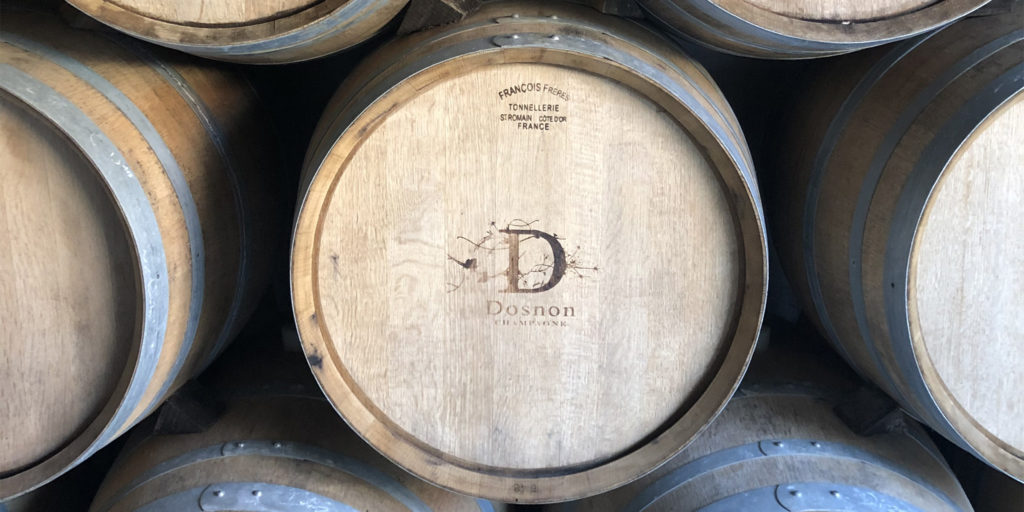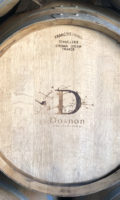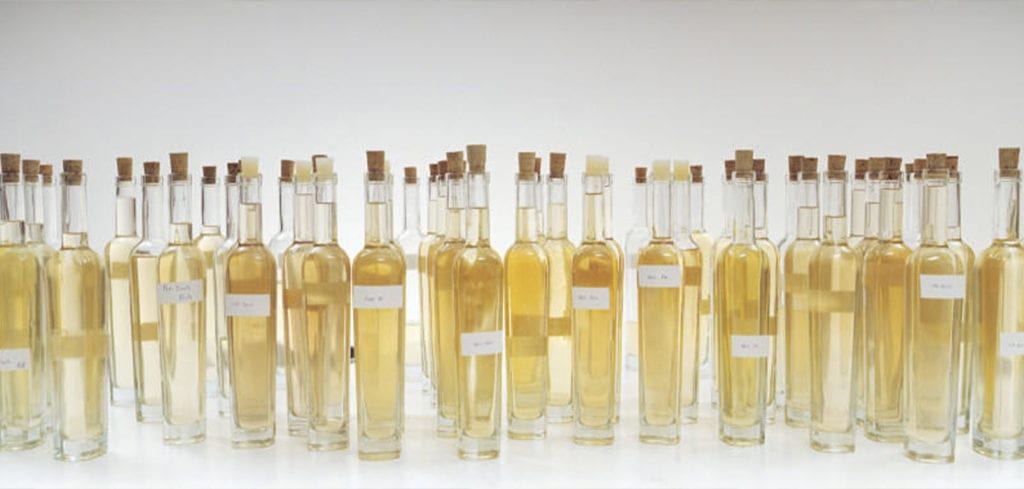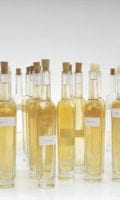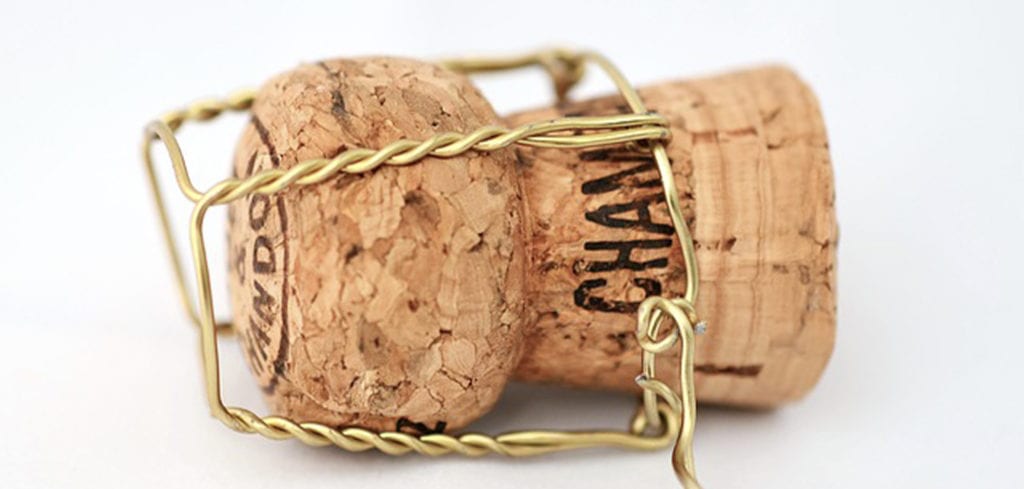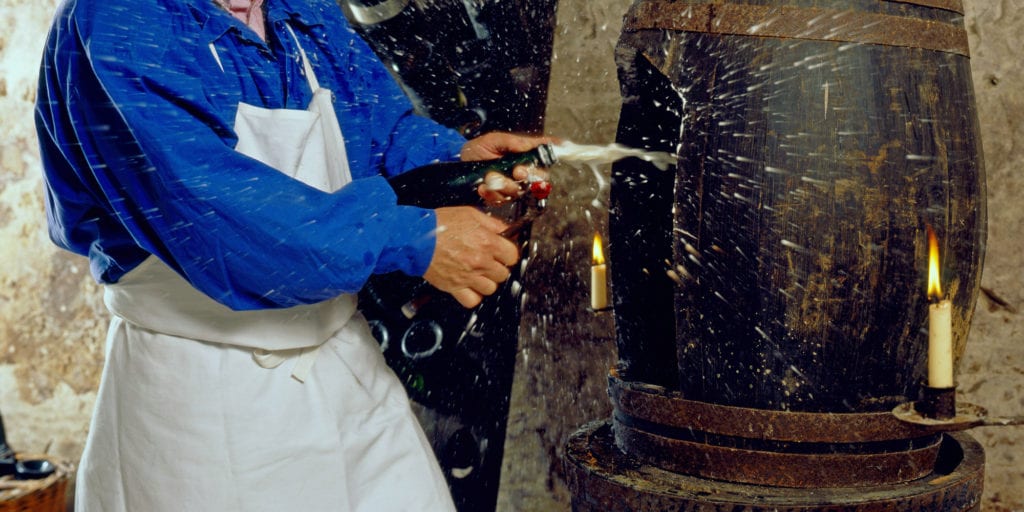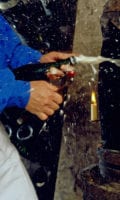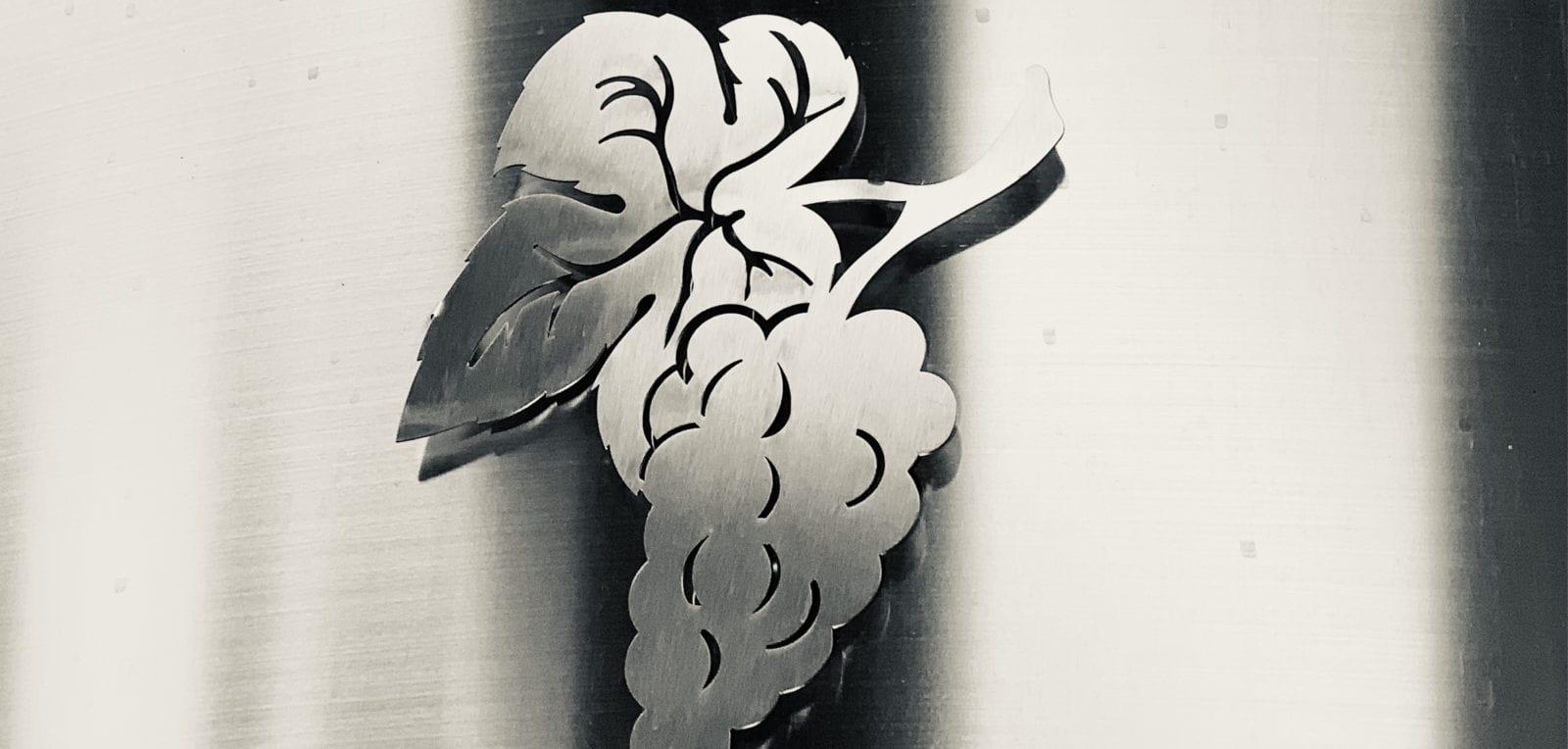
After pressing, the grape must is usually fermented in large steel tanks or oak barrels. Some winemakers then allow their wine to undergo the process of malolactic fermentation, whereby Oenococcus bacteria transform the malic acids, which are sometimes perceived as «cutting», into «gentler», more «harmonious» lactic acids, giving rise to aromatic buttery and brioche notes.
The result of this first alcoholic fermentation, whereby the CO2 produced in the process could easily escape from the tanks or barrels, is a still wine with about 10% alcohol, the base wine. Up to this point, the production of champagne resembles the production process of most white wines. But now the typical and often secret champagne methods and procedures are used, which create these sparkling bubbles in the bottle.


